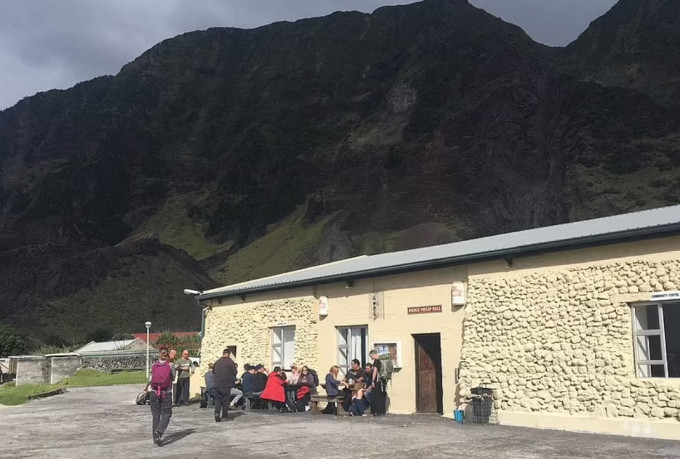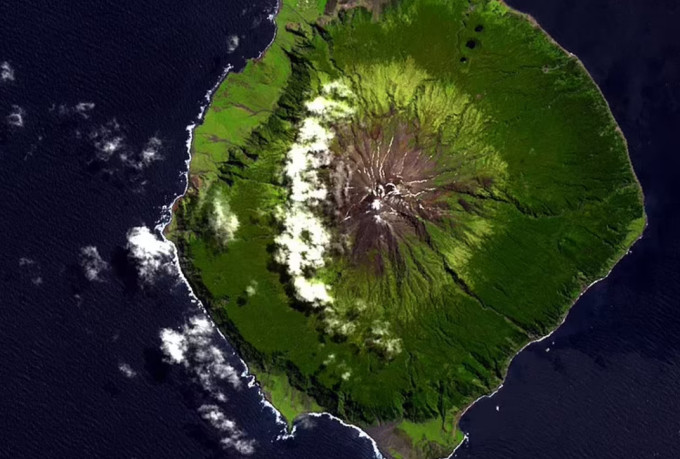Edinburgh of the Seven Seas is the only town on the British island of Tristan da Cunha, a six-day boat ride from Cape Town.
American travel blogger Tiana Sama visited Edinburgh of the Seven Seas, one of the world's most remote towns on the volcanic island of Tristan da Cunha in the South Atlantic Ocean, in late May. The town is also the only inhabited place on the island, and has been dubbed by many tourists as "the end of the world" or "the most isolated place on the planet".

There is no airstrip on the island, the fastest way to get there is by boat, which departs from Cape Town, South Africa and takes six days to arrive. There are fewer than 10 scheduled boat trips to the island each year.
There are about 250 people living in Edinburgh of the Seas, the island's seaside town, where English is the first language. The islanders are descendants of 15 people who moved to the island in the late 19th and early 20th centuries. However, the people do have their own dialect.
There are only a few businesses on the island, but there is a post office, a golf course, two churches, a museum and a handicraft centre. There is also a bar, Albatross, and a cafe called Cafe de Cunha. Tiana says the menu is varied, while the island’s grocery store has “everything a tourist could need”. Beyond the town centre, the island’s main draw is its rich wildlife.

Adventure travel company Oceanwide Expeditions revealed that the island has been recognized as an Important Bird Area by Bird Life International, a non-governmental organization that works to conserve bird populations in more than 100 countries. Some of the bird species that tourists love on the island include Southern terns, Northern penguins, and Tristan albatrosses.
The islanders are mainly farmers, fishermen and work for the government as doctors and police officers. There is no crime on the island and no one has ever been arrested, although there have been a few minor incidents that have required police intervention.
Those visiting Tristan need to be well-prepared, Tiana says. First, visitors need to email the island’s management outlining the purpose of their trip, itinerary, intended dates of visit, nationality, age, and desired accommodations. All visits require prior approval from the Island Council. Depending on the visitor’s response, the Council decides whether or not to grant the trip.
Once approved, visitors will need to pay for return boat fare, medical insurance including emergency medical evacuation to Cape Town.
"There are no hotels on the island. Visitors have to rent guesthouses or homestays for less than $40," Tiana said.
VN (according to VnExpress)